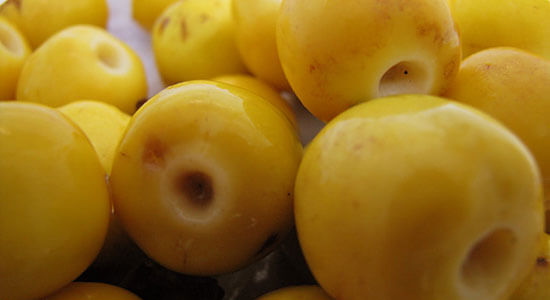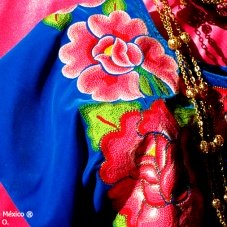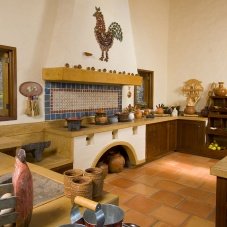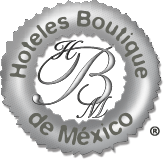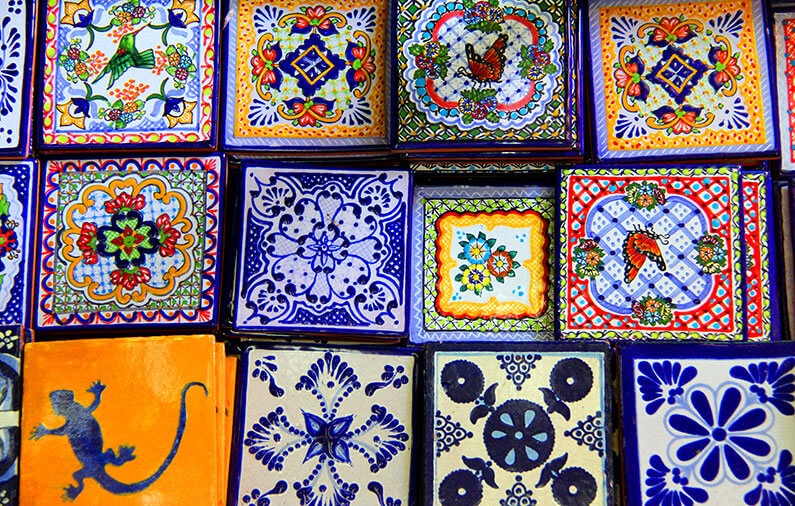
Mexico’s diversity will never cease to amaze me. depending on the region, in our country we have a diversity of cultures, traditions, ways of thinking and living, and, although we speak the same language, we have a variety of ways of calling objects and food, so much that it becomes funny oftentimes.
In Mexico Boutique Hotels we are passionate about travels, they are our reason of being, and are these travels what have made us know and experiment first hand many things that enrich our knowledge of our country, and with it we ratify THE DIVERSITY IN IT.
Here are some examples of what we have learned in different trips:
A simple example that comes to mind when talking about food is the traditional “esquite”, which is basically a cocktail of cooked corn kernels with added cream and cheese, mainly, and depending on the place and on the eater’s preference, grounded chili, lime and salt can be added too. This Mexican snack is known as “Chasca” in Aguascaientes, “Vasolote” in Michoacan and “Trolelote” in several other parts of the country.
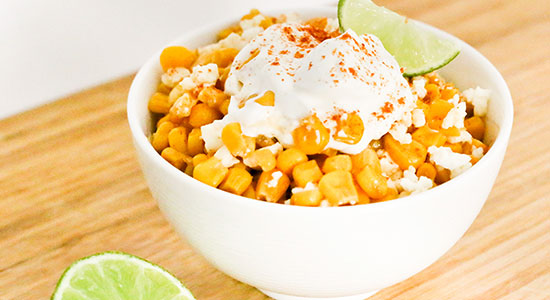
And talking about fruits, there is a series of terms to refer to a round, yellow fruit, smaller than an olive, grown in the states of Sinaloa, Nayarit, Guerrero, Michoacan, Tabasco, Veracruz and Morelos; its scientific name is byrsonima crassifolia and the words used to name it in Mexico are nance, nanche, nanchi or changunga.
“Chopo” is the way people in Monterrey allude to an ice-cream cone, but if you ask people living in Mexico City and some states as San Luis Potosí, Jalisco, Guanajuato if they crave a “chopo”, they will surely be confused as for them “chopo” is the name of a well-known clinical labs company.

HUERCO (Coahuila, Nuevo León and Tamaulipas), PLEBE (Sinaloa, Baja California, Baja California Sur), BUQUI (Sonora), HUACHE (Michoacán and Guerrero), COCHOS (Guerrero) CHAMACO, ESCUINCLE, CHAVO; 8 different words making reference to one single subject: a child.

Cachora in Sinaloa, chora in Nayarit, cuiza in Puerto Vallarta, lizard in the center of Mexico, are some of the names under which the common American reptile is known.
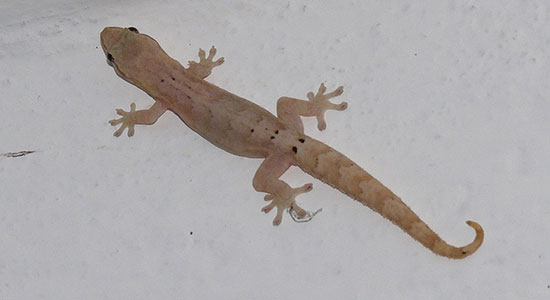
We can’t skip listing the famous “lonches”, derived from “lunch”, from Guadalajara, the equivalent to the famous “tortas”, a sandwich made with “telera”, “bolillo” or “birote” sliced in two and stuffed with all kind of meats of broths.
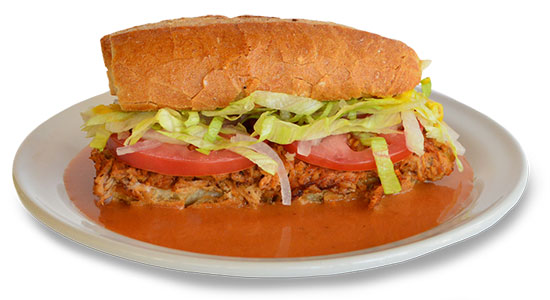
These are but a few examples of the differences and particularities of Spanish language in Mexico, created by an extensive linguistic mosaic.
Can you think of any other?
- Tags:
- Boutique Tips

Born in the central region of Mexico, but having lived most of her life in the beautiful state of Nayarit, Angela fell in love with this area’s landscapes and its natural beauty. With the firm conviction from an early age that she wanted to be part of the way tourism was managed in her state and the country at large, she studied a degree in Tourism Management and Development at the Technological University of Nayarit. Immediately following her studies, she immersed herself in the world of hospitality in Puerto Vallarta, an iconic city within Mexico known for its wide range of hotels. Working within this field, she took various positions, which allowed her to develop many skills such as teamwork and great service as well as to learn about the standards of operations at a large hotel complex. After taking a break from the hotel industry for personal reasons, her path met Mexico Boutique Hotels, a company that closely matched her personal convictions, which involve presenting Mexico to the world as a brand that guarantees memorable experiences thanks to its natural beauty and the excellent hospitably of its people who by their very nature provide great service and are excellent hosts. Angela currently serves as Chief E-Concierge and Travel Designer for the aforementioned company, offering travelers the opportunity to live a different experience every day, where attention to details make a huge difference.
Leave a Reply
